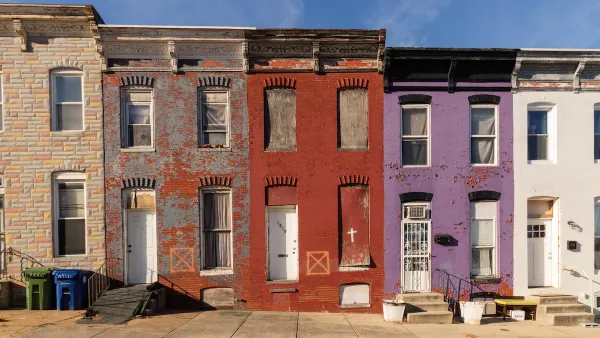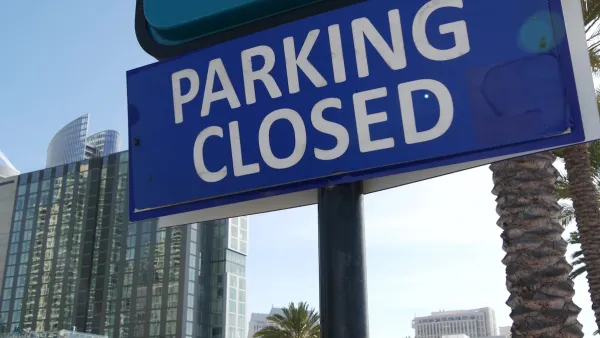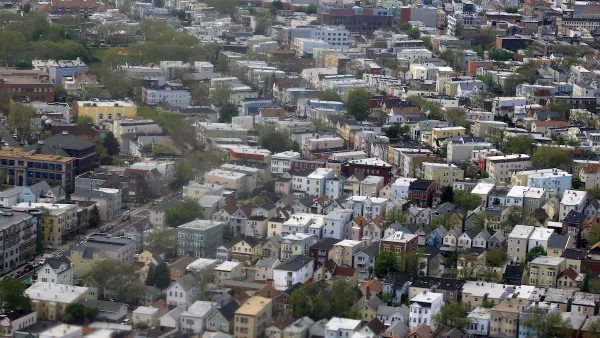When we start to liken housing and neighborhood cycles to the kinds of predictable, unstoppable cycles found in nature, we may find ourselves in a dangerous trap.

About a year ago I wrote a post about Paul Krugman and whether building luxury housing could mitigate the effects of gentrification. For whatever reason, I just noticed one of the comments on that post, which in turn prompted me to think about a very different question. The reader wrote that “the author is completely ignorant of the housing cycle. As time goes on, the luxury condos tend to pass down the economic chain to become condos for the middle class, then the lower-middle class, and then back up the economic chain again.” Leaving aside the writer’s condescending rudeness, which reflects more on him than on the subject of his criticism, his observation is utterly fatuous. But be that as it may, he raises an important point. As human beings, we are constantly attuned to cycles in nature. The sun and moon rise and set, the tides rise and fall, the seasons go and come back. Perhaps that explains our desire to impose a cyclic order on social and economic phenomena, but we’ve been doing it for a long time. In 1959, two of the most prominent urban economists of the time, Edgar (not J. Edgar!) Hoover and Raymond Vernon, offered their take on the “neighborhood life cycle”:
Stage 1: Single-family residential development.
Stage 2: Transition to higher density, apartment construction.
Stage 3: Downgrading to accommodate higher density through conversion and overcrowding of existing structures, spread of ethnic and minority districts.
Stage 4: Thinning-out or “shrinkage” characterized by population loss and decline in housing units.
Stage 5: Renewal through public intervention, redevelopment and replacement of obsolete housing with new multifamily apartments.
In 1975, HUD asked the Real Estate Research Corporation (RERC) to take a fresh look at the cycle. RERC was more pessimistic, as reflected in its version:
FULL STORY: Myths and Realities About Cycles: Avoiding the Inevitability Trap

National Parks Layoffs Will Cause Communities to Lose Billions
Thousands of essential park workers were laid off this week, just before the busy spring break season.

Retro-silient?: America’s First “Eco-burb,” The Woodlands Turns 50
A master-planned community north of Houston offers lessons on green infrastructure and resilient design, but falls short of its founder’s lofty affordability and walkability goals.

Delivering for America Plan Will Downgrade Mail Service in at Least 49.5 Percent of Zip Codes
Republican and Democrat lawmakers criticize the plan for its disproportionate negative impact on rural communities.

Test News Post 1
This is a summary

Test News Headline 46
Test for the image on the front page.

Balancing Bombs and Butterflies: How the National Guard Protects a Rare Species
The National Guard at Fort Indiantown Gap uses GIS technology and land management strategies to balance military training with conservation efforts, ensuring the survival of the rare eastern regal fritillary butterfly.
Urban Design for Planners 1: Software Tools
This six-course series explores essential urban design concepts using open source software and equips planners with the tools they need to participate fully in the urban design process.
Planning for Universal Design
Learn the tools for implementing Universal Design in planning regulations.
EMC Planning Group, Inc.
Planetizen
Planetizen
Mpact (formerly Rail~Volution)
Great Falls Development Authority, Inc.
HUDs Office of Policy Development and Research
NYU Wagner Graduate School of Public Service





























